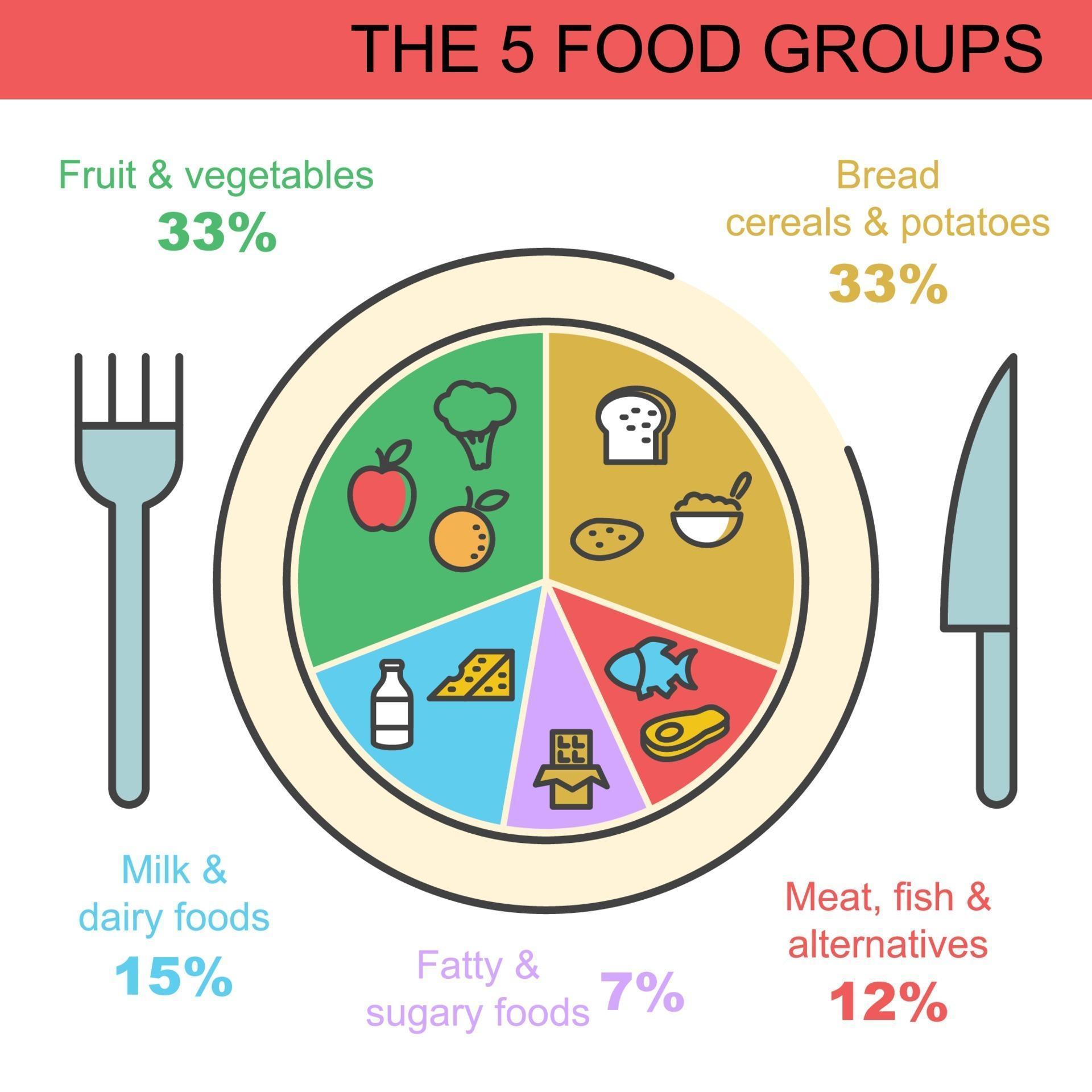

Cereal Grains Cereal grains are the edible seeds of certain grasses. A food pyramid outlines the suggested amount of these different types of foods people should eat each day. To get the right amounts of nutrients, people need to select from a range of food types: cereal grains fruits and vegetables legumes, meat, poultry, fish, and eggs and milk and dairy products. Death due to lack of food is called starvation. Many diseases and even death are caused by lack of food. Undernutrition happens when the body does not get enough food to meet its needs. Undernutrition is a form of malnutrition. Too few nutrients, too many nutrients, or an imbalance of nutrients (too many carbohydrates, for instance, and not enough fruits and vegetables) can lead to mal nutrition. Malnutrition is the lack of a balanced diet. A healthy diet contains a balanced mix of different foods that together provide all essential nutrients. Fiber-rich foods include whole grains, dried beans, and fresh fruits and vegetables. It adds bulk to the diet, helping to keep the intestines healthy.

Fiber is indigestible material found in most plant foods. It permits the release of energy from food inside the body. Oxygen is not a nutrient, since it is breathed in and not eaten, but it is essential to life. It is involved in most body processes, such as the regulation of temperature, the transporting of nutrients into cells, and the elimination of waste products from cells. Water makes up more than half of a human body’s weight. Some scientists include water in the list of basic nutrients. Other essentials for the body’s health include water, oxygen, and fiber. Vitamin D helps in the growth and maintenance of healthy bones. For example, vitamin B1, or thiamine, helps regulate the release of energy from carbohydrates, promotes a healthy appetite, and aids the functioning of the nervous system.
#Five key food groups full
Vitamins help the body make full use of other nutrients by assisting the chemical reactions that make those nutrients work. Calcium and phosphorus build strong bones and teeth, iron contributes to healthy blood, and iodine helps keep the thyroid gland working. Minerals provide building materials for the body and help regulate its activities, much as proteins do. Minerals and vitamins are called micronutrients because they are needed in very small quantities compared with carbohydrates, fats, and proteins (known as macronutrients). Grains, nuts, and some beans are also protein-rich foods. Animal products, such as beef, fish, poultry, eggs, and dairy products, are high in protein. Proteins also help regulate bodily processes, including transporting oxygen and nutrients into and out of cells the clotting of blood and the formation of antibodies, which help fight disease. They help keep skin, bones, muscles, and blood healthy. Proteins are the body’s chief tissue-builders. Eggs, milk, cheese, meats, poultry, and fish also contain high levels of fats. Fats that come from animal products include butter and lard. They are used in cooking and in the processing of many foods. Common fats include vegetable oils, such as soybean, cotton seed, and corn oil. They also help p rotect and insulate the body and its internal organs. Fats provide more than twice as much energy as carbohydrates. These processed carbohydrates are used in cookies, cakes, breads, pastas, and pies. Many of the starches and sugars we eat have been processed into products, such as flour and corn syrup. Sugarcane and sugar beets are grown specifically for their high sugar content. Sugars, found in fruits, vegetables, and milk, are also carbohydrates. They include starches found in cereal grains and plants like potatoes and yams. Nearly all the carbohydrates we eat come from plants. Carbohydrates provide energy for the body. Most foods contain all or most nutrient groups, in different amounts. Kinds of Nutrients Scientists divide nutrients into six major groups: carbohydrates, fats, proteins, minerals, vitamins, and water. For adults, this can range from 1,800 to about 3,000. Depending on age, sex, and activity level, the recommended daily caloric intake for a child aged 11 to 14 can range anywhere from 1,600 to 2,600 calories per day, with sedentary girls needing the fewest calories and active boys needing the most. Age, sex, weight, height, and level of activity determine the number of calories a person needs each day.

The energy in food is measured in units called calories. Nutrients provide the energy our bodies need to function. Food contains nutrients-substances essential for the growth, repair, and maintenance of body tissues and for the regulation of vital processes. Food is one of the basic necessities of life.


 0 kommentar(er)
0 kommentar(er)
